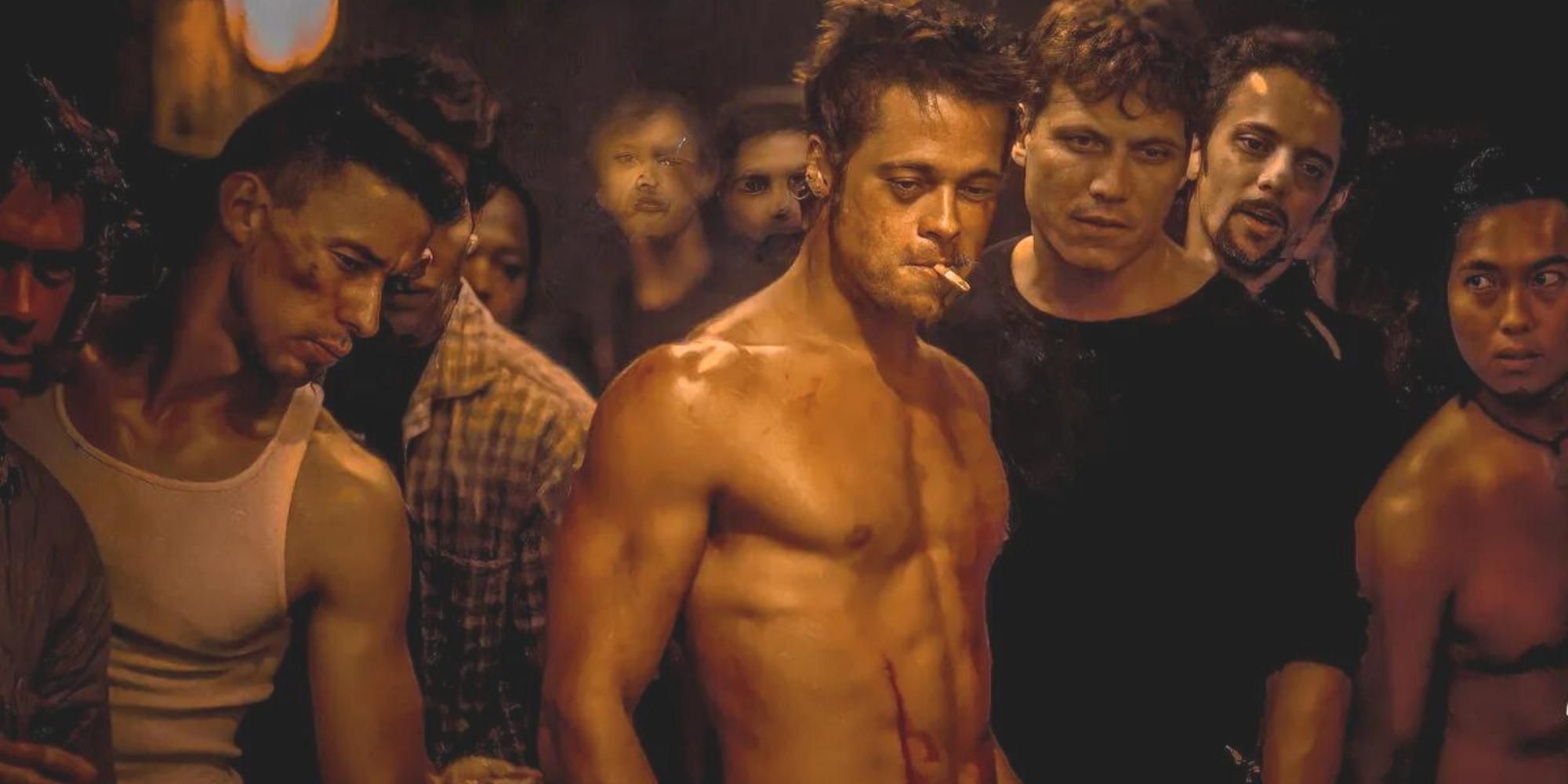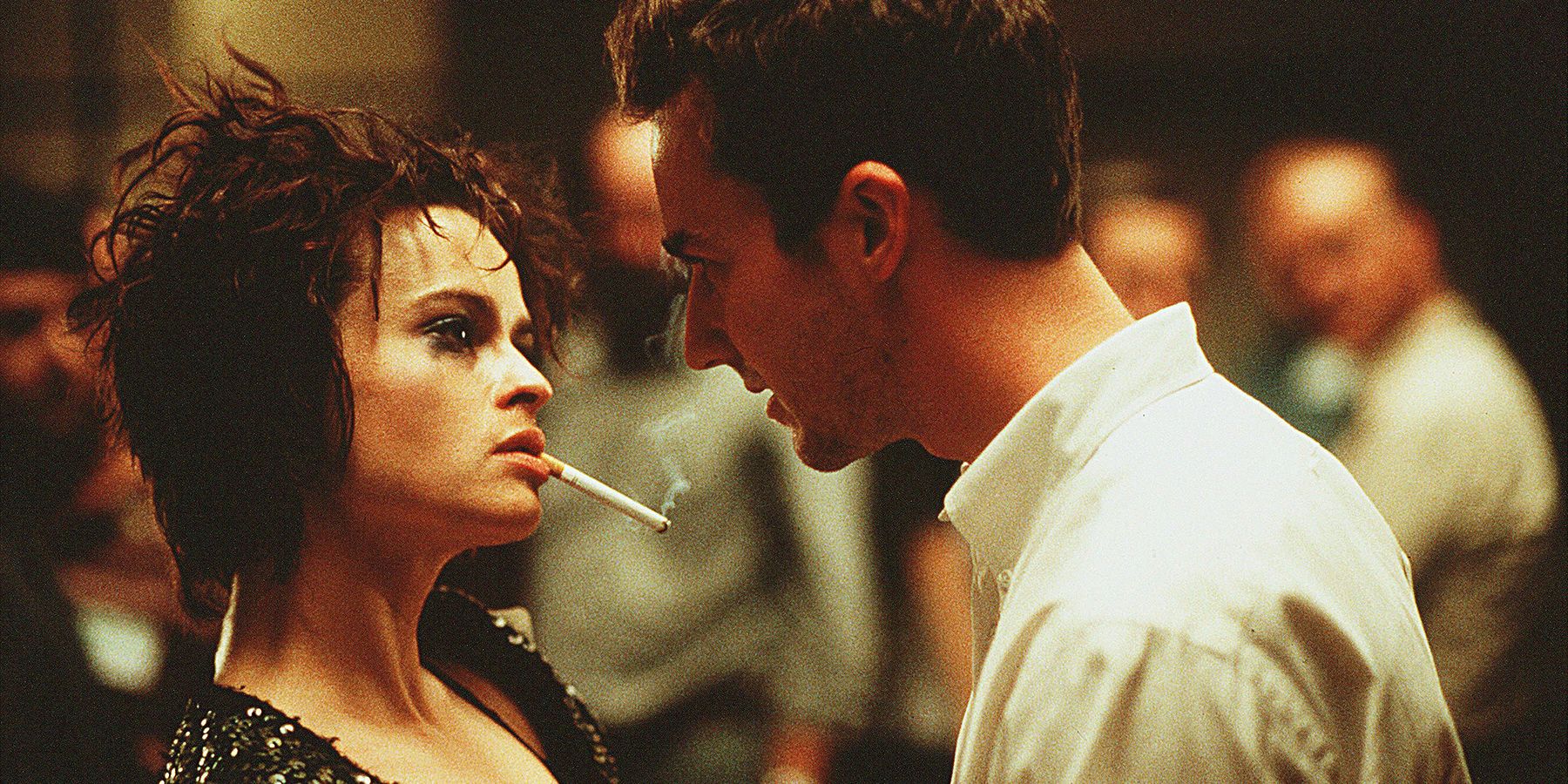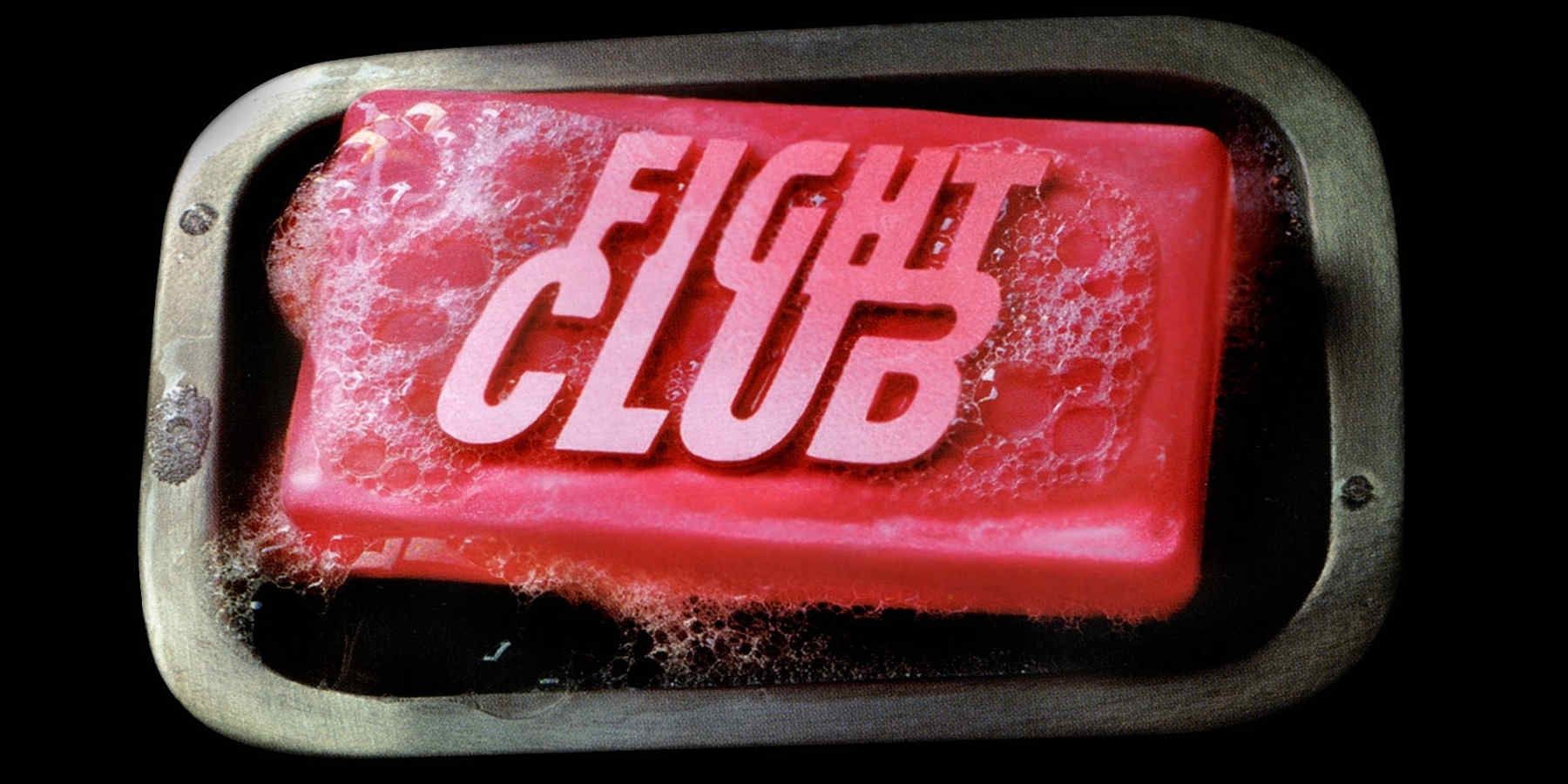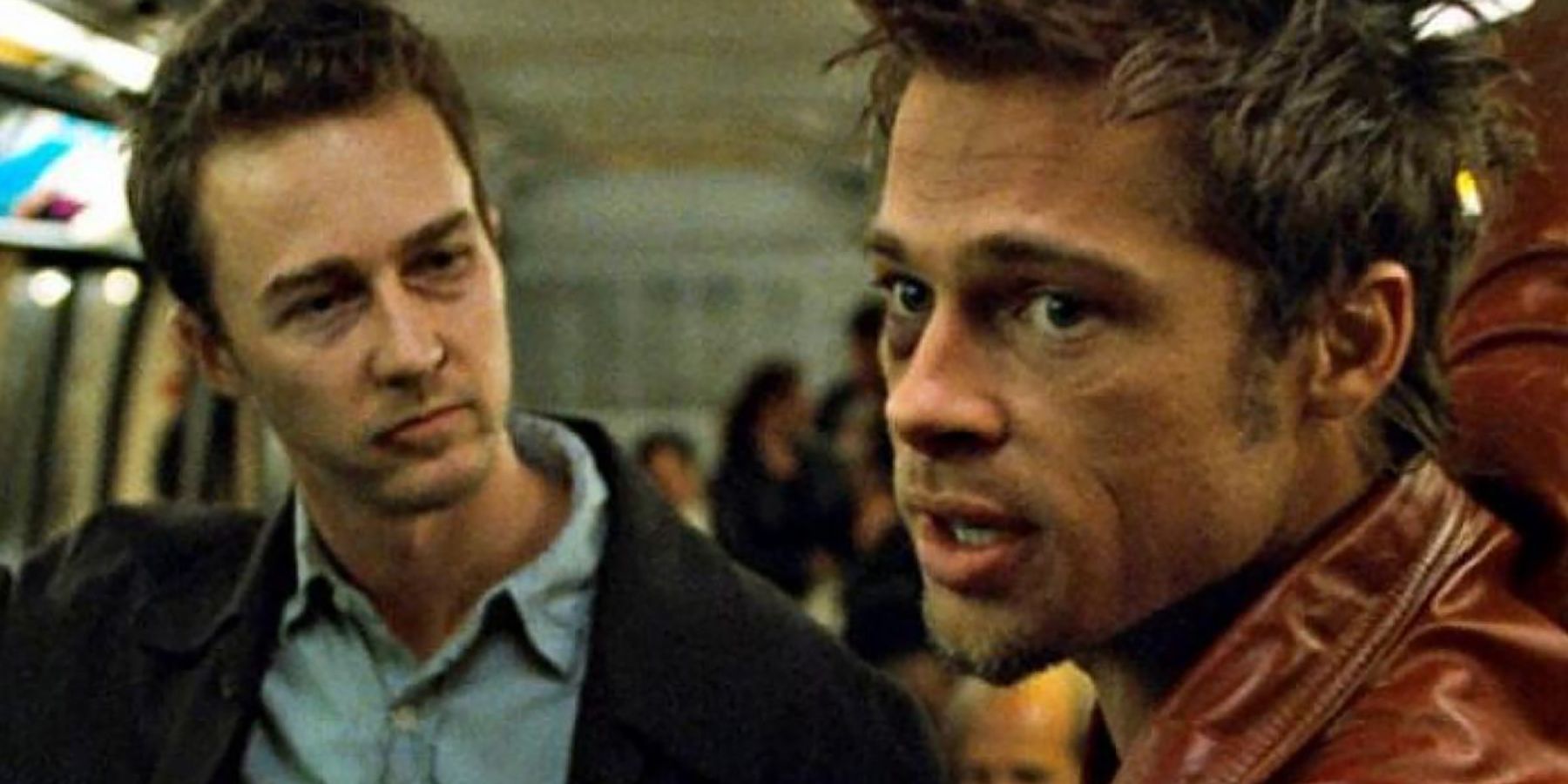The first rule of Fight Club is not to talk about it, but it’s been 24 years since the film’s original release, so it should be safe to at least talk about the ending. Fight Club aside, the 90s was an interesting time in filmmaking. Donnie Darko, for example, had a demonic rabbit tell its titular star (Jake Gyllenhaal) the world was ending in 28 days. It was an off-the-wall look into how someone might behave (or misbehave) with an apocalypse looming ahead. The film’s surrealist commentary on societal norms, however, took a backseat to what it had to say about mental health issues in young White men at the time.
The same can be said for David Fincher’s Fight Club. In fact, the 1999 film adaptation of the original book became the pinnacle of how films portray toxic masculinity long before the phrase entered mainstream conversation. Yet, it was also highly controversial for its graphic violence and unapologetic displays of human nature at its most unhinged. The characters aren’t afraid to get bloody and some scenes are so grotesque they make even the hardiest viewer a little squeamish. Yet, the ending of Fight Club actually makes it very clear that glorifying brutality between men was never part of the agenda. It certainly wasn’t the main objective either.
What is Fight Club about?
Fight Club might pack a lot of action when it comes to organized brawls in bar basements across the United States. But the film opens with the Narrator (Edward Norton) struggling to get a good night’s sleep after being awake for four days. He’s referred to a support group for men with testicular cancer when he tries to impress upon the doctor the pain he’s suffering from extreme insomnia. It leads him to an emotional breakthrough in the tender embrace of Robert ‘Bob’ Paulson (Meat Loaf). The Narrator sleeps like a baby after the experience and becomes addicted to the feeling of emotional release.
Only, he goes to support groups for problems he doesn’t actually have and comes across a kindred spirit in Marla Singer (Helena Bonham Carter) along the way. Like him, Marla’s there for reasons unrelated to the group’s main objective and the Narrator immediately despises her for it. His anger at her presence puts him on the path to meeting Tyler Durden (Brad Pitt). From there, the two begin a nationwide fight club that evolves into an organization for domestic terrorism operating out of an old dilapidated house. Fight Club follows the Narrator’s moral descent before it quite literally ends with a bang – or, technically, a spectacular series of bangs.
How does Fight Club end?
When the Narrator finds himself out on the street after a mysterious explosion in his high-rise condo, he reaches out to Marla but receives help from Tyler instead. The other man goes so far as to allow the Narrator to live with him, but not before the two laughingly punch each other around in front of a seedy dive bar. The two go on to enjoy domestic bliss with the Narrator traveling for work and Tyler making soap for a living. Their relentless pursuit of beating each other up in the parking lot turns into them forming a fight club with the intrigued onlookers who start watching them.
After swearing the new members to secrecy, they gather in basements and take turns pummeling each other in pairs. At first, the Narrator gets a sick thrill from the brutality of it all. He’s among his peers in being a miserable employee in a thankless job by day and joyfully covered in the blood of his opponents by night. Things take a turn for the worse, though, when the Narrator realizes that Tyler has been manipulating the fight club members into a cult-like sense of loyalty to him and causing large-scale chaos in his name as Project Mayhem. The biggest twist comes when the Narrator finds out that he’s been Tyler all along. Fight Club ends with Tyler (Norton) trying and failing to stop the bombings of several financial buildings. He watches the destruction play out with Marla reluctantly at his side. At least, that’s how it happens in the film adaptation.
Is the ending different in the Fight Club book?
Fight Club shocked viewers and readers alike by ending with such an unexpected plot twist. The character they knew as Tyler turns out to be a hallucination of all the things the real Tyler wishes he could be. He’s confident, great in bed, good with money, and able to manipulate others to his will. Meanwhile, the real Tyler is constantly chasing after a dream that he never wanted in the first place. He hates his life so much that he destroyed his own condo, he just didn’t remember doing it. He discovers that he’s the singular mastermind behind creating the cult of toxic masculinity known as Fight Club.
Yet, Tyler still lays the blame for his criminal actions at the feet of his hallucination. So, he decides that the only way to rid himself of the other man is through a non-lethal gunshot to the face and it works. In the film, the real Tyler permanently discards his hallucination in favor of embracing a new life with Marla as they watch the surrounding building crumble. In the book, Author Chuck Palahniuk gives Tyler’s story a much darker ending. He wakes up in a mental hospital under the false impression that he’s in heaven from his self-inflicted gun wound. The hospital employees turn out to be members of Project Mayhem – who he also sought desperately to escape – and chances are his fast-talking hallucination will eventually make his swaggering return.
Some films are timeless, some are period-specific, and others are both. It would be easy to dismiss Fight Club as an ode to disenfranchised young White men of the 1990s. The scarier truth, though, is that its message resonates with similar groups even today. The climate in which the film was received hasn’t changed much. Tyler’s hallucination speaks to frustrations one can see in a similar demographic all across modern social media. It’s a difficult topic to talk about, but even the strongest censorship can’t stop its exposure to audiences around the world. The second rule of Fight Club prohibits discussion, which is ironic because the ending of Fight Club does nothing but inspire it.

.jpg)



